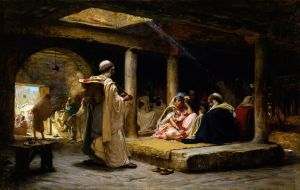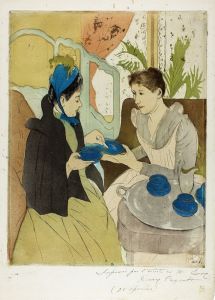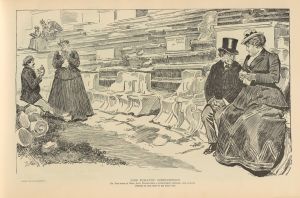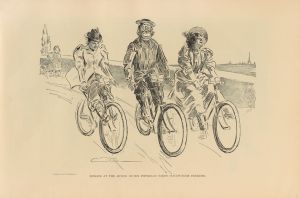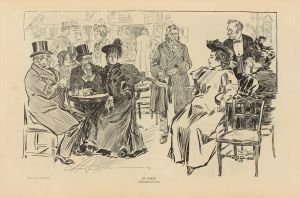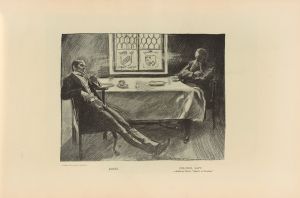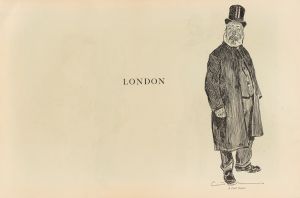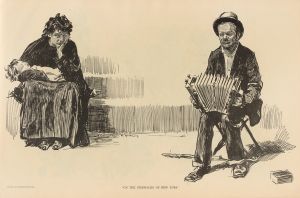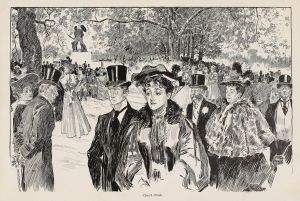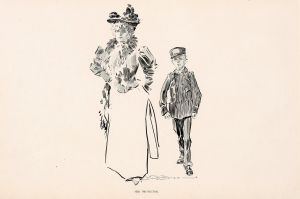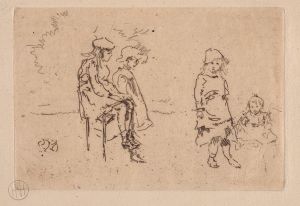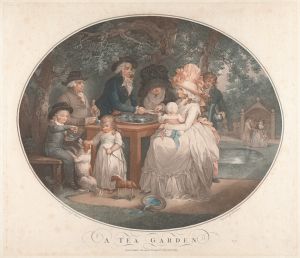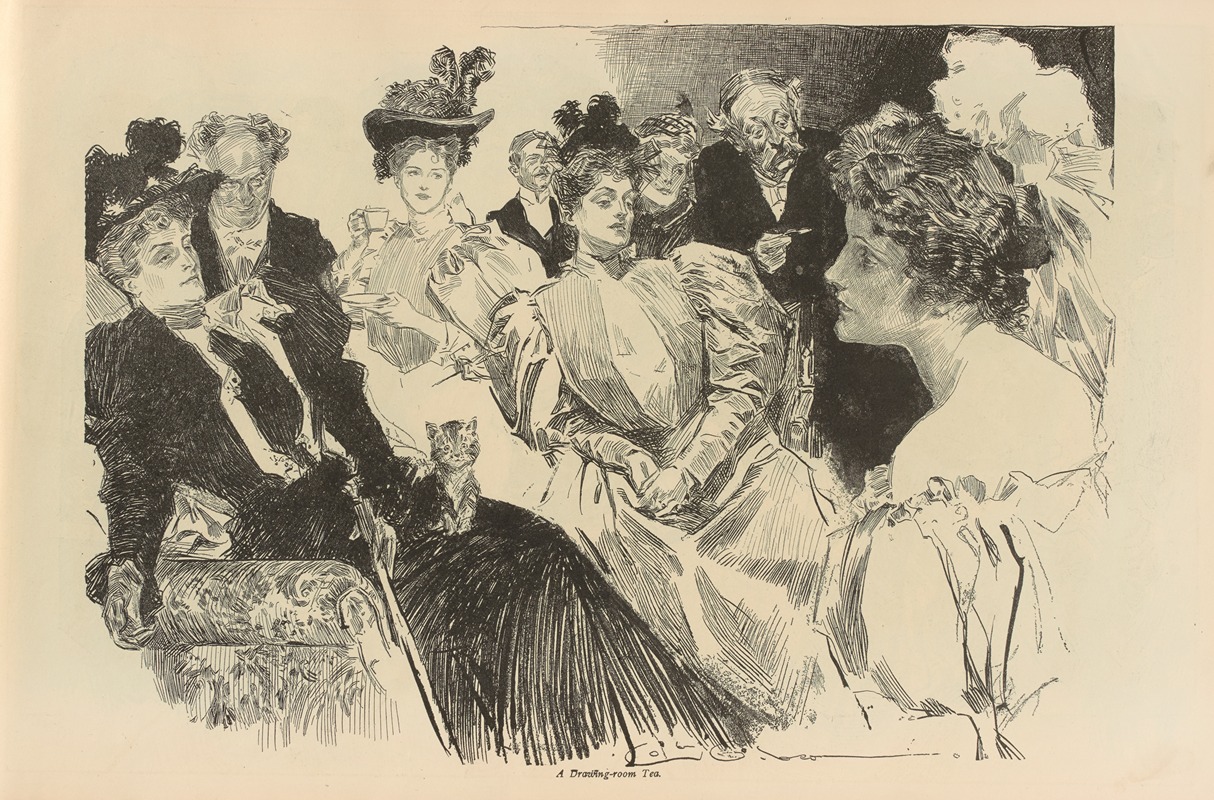
A Drawing-room Tea
A hand-painted replica of Charles Dana Gibson’s masterpiece A Drawing-room Tea, meticulously crafted by professional artists to capture the true essence of the original. Each piece is created with museum-quality canvas and rare mineral pigments, carefully painted by experienced artists with delicate brushstrokes and rich, layered colors to perfectly recreate the texture of the original artwork. Unlike machine-printed reproductions, this hand-painted version brings the painting to life, infused with the artist’s emotions and skill in every stroke. Whether for personal collection or home decoration, it instantly elevates the artistic atmosphere of any space.
Charles Dana Gibson was an influential American illustrator, best known for his creation of the "Gibson Girl," a representation of the idealized American woman at the turn of the 20th century. His work was widely published in magazines such as Life, Harper's Weekly, and Scribner's, and he became one of the most celebrated illustrators of his time.
"A Drawing-room Tea" is one of Gibson's many illustrations that capture the social dynamics and cultural norms of the late 19th and early 20th centuries. While specific details about this particular illustration are limited, it is consistent with Gibson's style and thematic focus. His illustrations often depicted scenes of upper-class society, showcasing the fashion, manners, and social interactions of the era.
Gibson's work is characterized by its detailed line work and keen observation of human expressions and postures. "A Drawing-room Tea" likely features a social gathering, as suggested by the title, set in a drawing-room, which was a common setting for social interactions among the affluent during this period. Such gatherings were an opportunity for socializing, networking, and displaying one's social status.
The drawing-room, a formal space in a home, was typically used for entertaining guests. It was a place where people would gather for tea, conversation, and other social activities. In Gibson's time, these gatherings were often attended by well-dressed men and women, reflecting the fashion and etiquette of the day. The "tea" in the title refers to the afternoon tea tradition, a social event that became popular in Britain and America during the 19th century.
Gibson's illustrations, including "A Drawing-room Tea," often highlighted the roles and expectations of women in society. The "Gibson Girl" was portrayed as independent, confident, and fashionable, embodying the changing attitudes towards women's roles during this era. While the specific characters and interactions in "A Drawing-room Tea" are not detailed in available records, it is likely that the illustration features women who exemplify these traits.
Gibson's work had a significant impact on American culture, influencing fashion, advertising, and the perception of gender roles. His illustrations were not just artistic expressions but also social commentaries that captured the essence of an era. "A Drawing-room Tea," like many of his works, provides a window into the social customs and cultural values of the time.
Overall, while detailed information about "A Drawing-room Tea" is scarce, it can be appreciated as part of Charles Dana Gibson's broader body of work, which continues to be celebrated for its artistic merit and historical significance.





